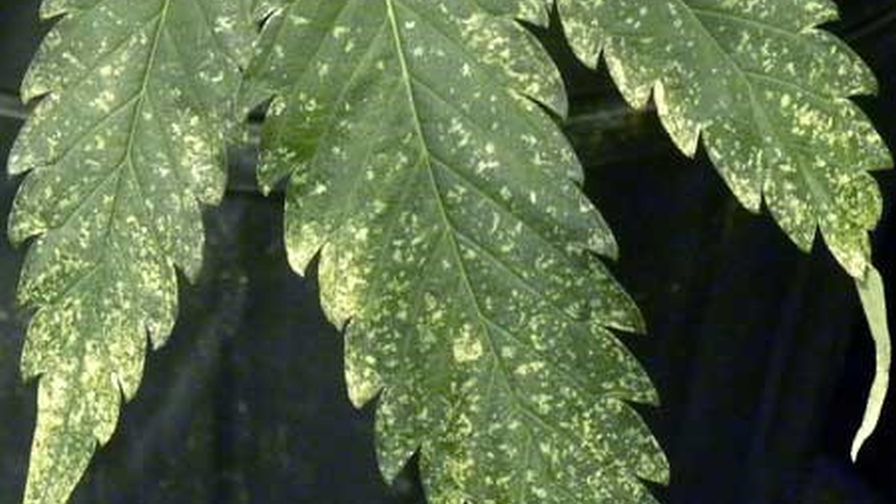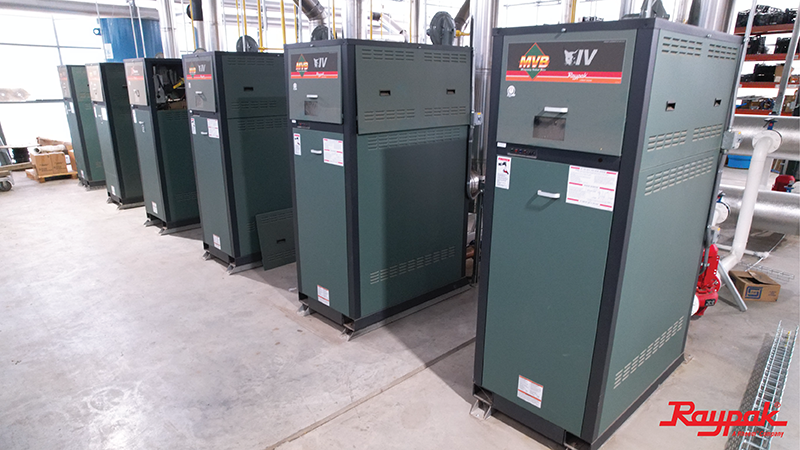Cannabis Pests Take Center Stage at Biocontrols Conference
 The 2022 Biocontrols USA Conference and Expo, which took place in early March, featured breakout tracks devoted to specific specialty crops, including those grown in a controlled environment. Here are just a few highlights from the cannabis-specific educational presentations.
The 2022 Biocontrols USA Conference and Expo, which took place in early March, featured breakout tracks devoted to specific specialty crops, including those grown in a controlled environment. Here are just a few highlights from the cannabis-specific educational presentations.
Good Microbes and Bad Microbes: Be Aware of What You Buy to Apply
Producing a good cannabis crop often starts with a solid IPM program. While cultivar selection, sanitation, and the greenhouse environment all play a role, you also need to know that the crop protection products you’re using are both safe and effective.
The problem, according to Suzanne Wainwright-Evans (The “Buglady”), is that there are still cannabis growers using products not labeled for use on cannabis. They may see it’s registered for use in another state or on another crop and think it will work the same way for them.
“You need to make sure the microbe you’re using is approved in your state, with a registration number from EPA,” Wainwright-Evans said. “Make sure what the manufacturer claims is in the product is actually in there.”
Because there has been so little research pest management in cannabis, growers are too often turning to “underground” products, Wainwright-Evans said.
“We need to stop buying these products,” she said. “EPA is not able to monitor them, so it’s up to us to self-regulate.”
Michael Brownbridge, Biological Program Manager at BioWorks, Inc., presented in tandem with Wainwright-Evans. He noted that not all beneficial fungi are created equal, and each is formulated differently.
“Spore count is critical, and you need to make sure the pest you are targeting is being hit with a certain number of spores, and these spores are colonizing the right way,” Brownbridge said.
Simply put, Brownbridge said growers should beware of what they’re being, because an unregulated product has not gone through quality control tests.
“Plus, if a product label claims to control a pest, but it’s not registered for use on that pest, it’s illegal to use it,” Brownbridge said.
Watch for more on this topic on GreenhouseGrower.com.
How One Cannabis Producer Set Up Its Biologicals Program for Success
Tomás Leyva of Greenfield Cannabis Co., a vertically integrated cannabis grower in California’s Salinas Valley, offered a closer look at his company’s biological program, including how it was set up, the most common pests they deal with, the advantages of using biologicals, and mistakes he’s overcome.
“Aside from the pest you want to control, you also need to consider your location, your climate in and outside the greenhouse, and your scouting practices,” Leyva said. “Most importantly, give your program a chance to succeed. You can do this setting a schedule and committing to it, having a plan in place to deal with all possible issues, and taking care of your beneficials.”
An Update on Cannabis Aphid
Wainwright-Evans also provided an update on one pest that’s become particularly troublesome for growers: the cannabis aphid.
“This accounts for most of the aphids I see today when visiting growers,” Wainwright-Evans said. “It reproduces quickly which means it can spread quickly, so growers need to take care it early by being proactive in their approach.”
Proper dentification of cannabis aphid is important, as it not only takes different forms, it can also resemble other pests.
“You can’t just guess; you have to scout and know what you’re looking for,” said Wainwright-Evans.
Control is also challenging because different materials work better or worse depending on you location.
“Know your location’s environment, know your crop cycle, and know pretty much everything about how you grow your crop,” she said. “That’s how you can build an effective control strategy using a combination of different parasitoids and predators.”









